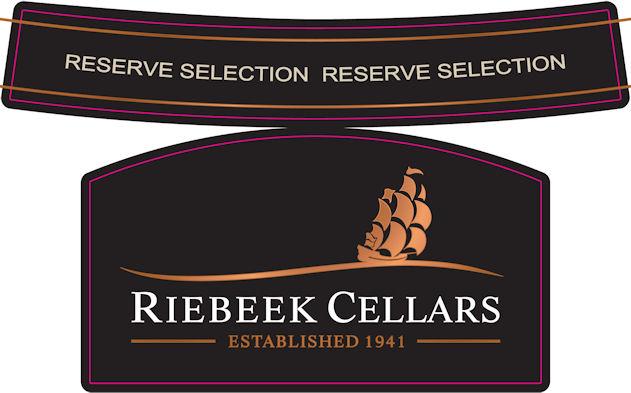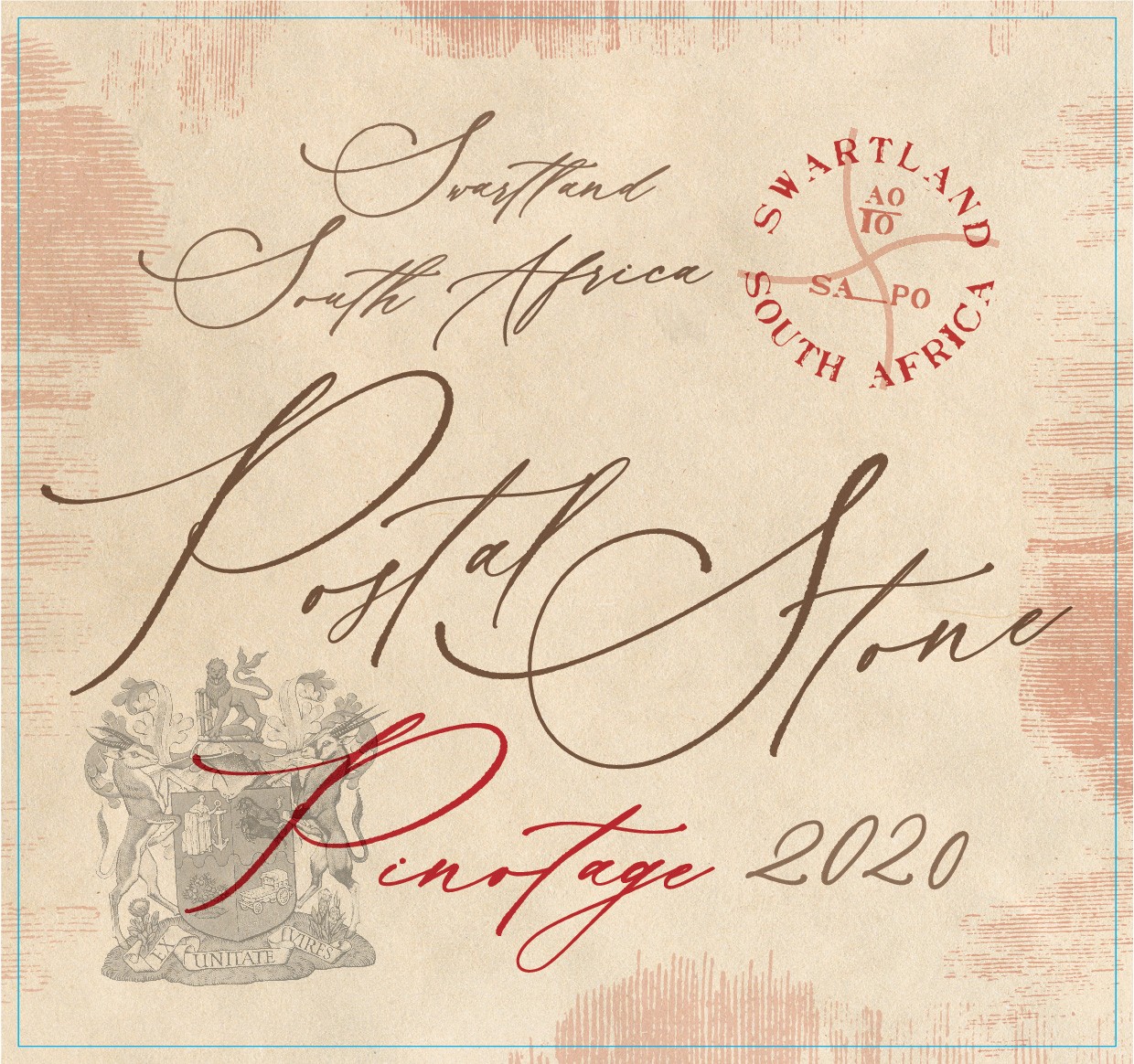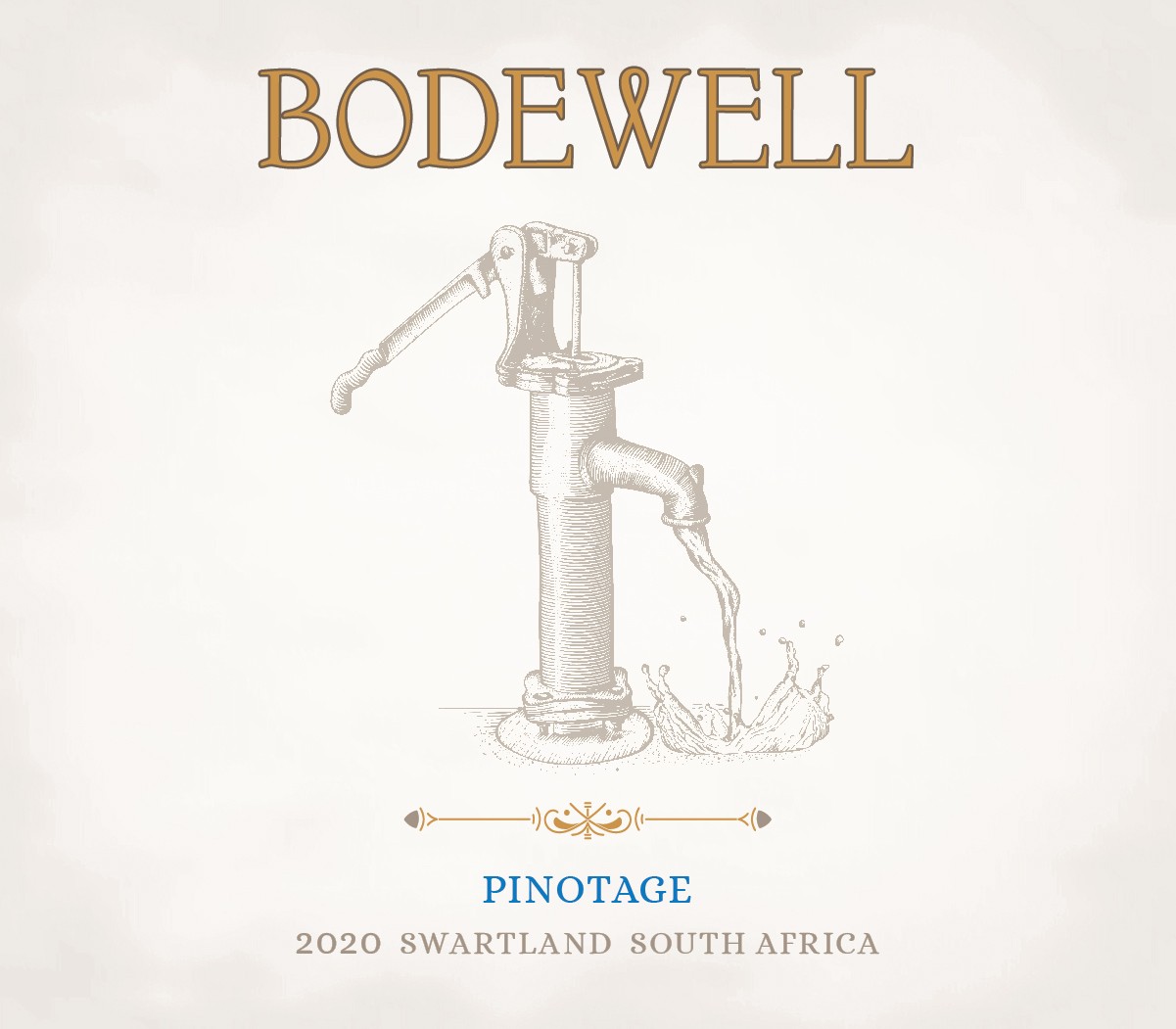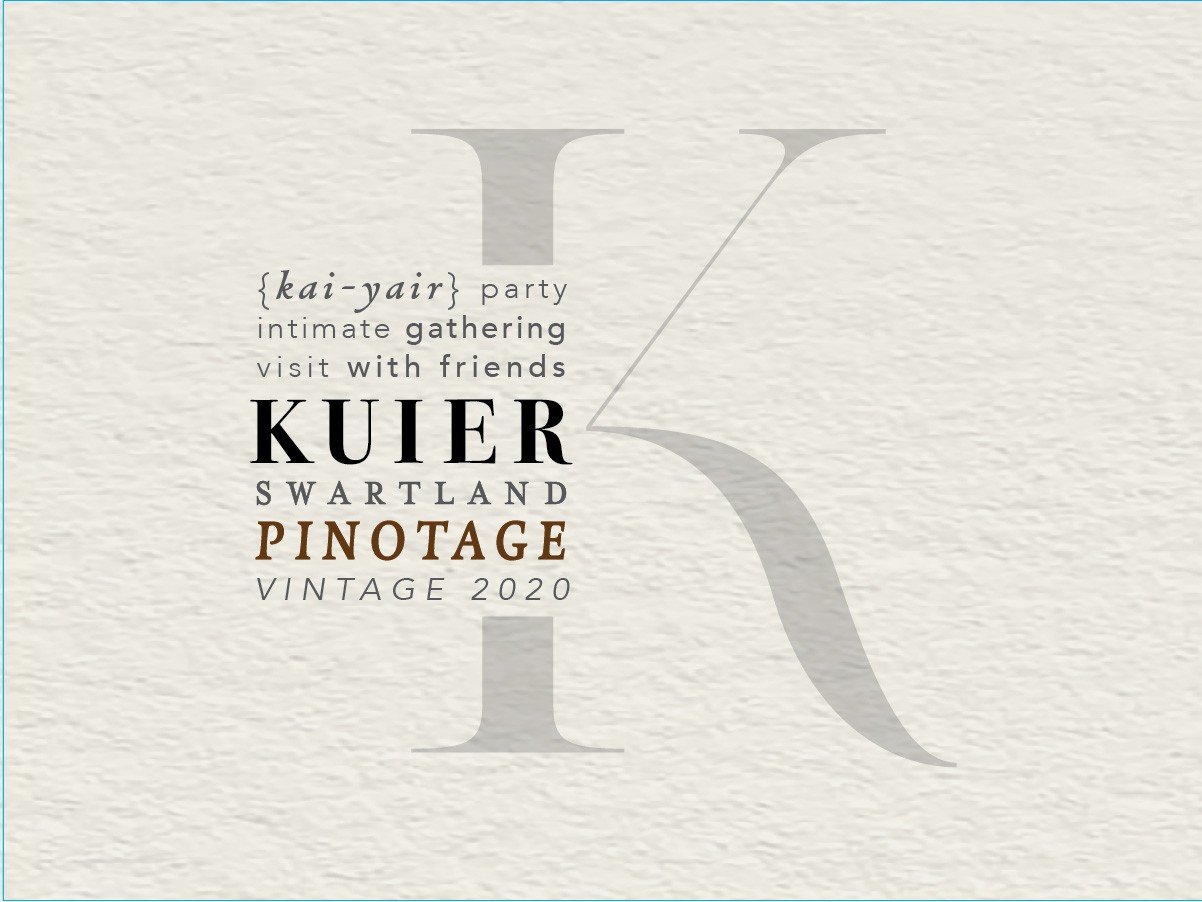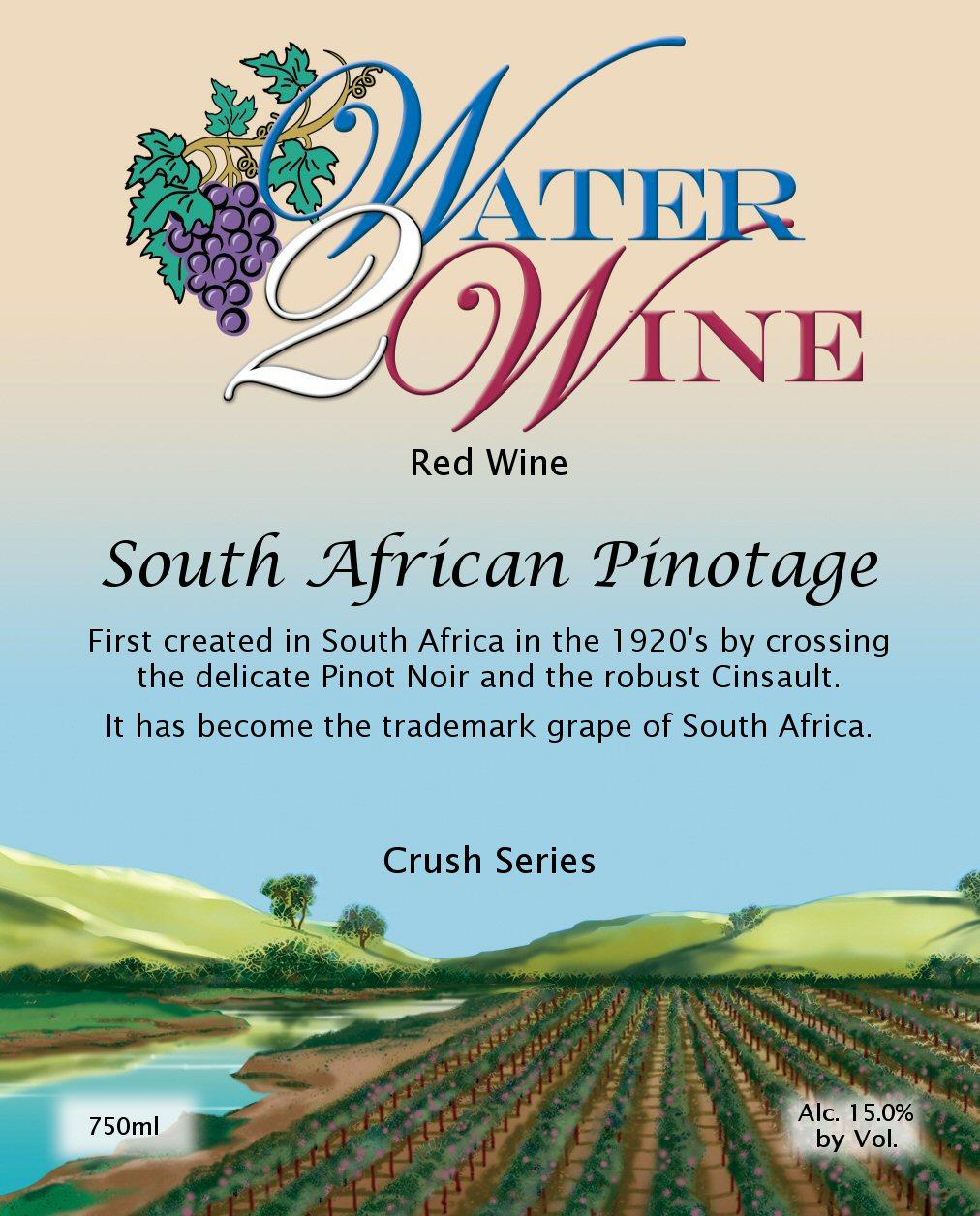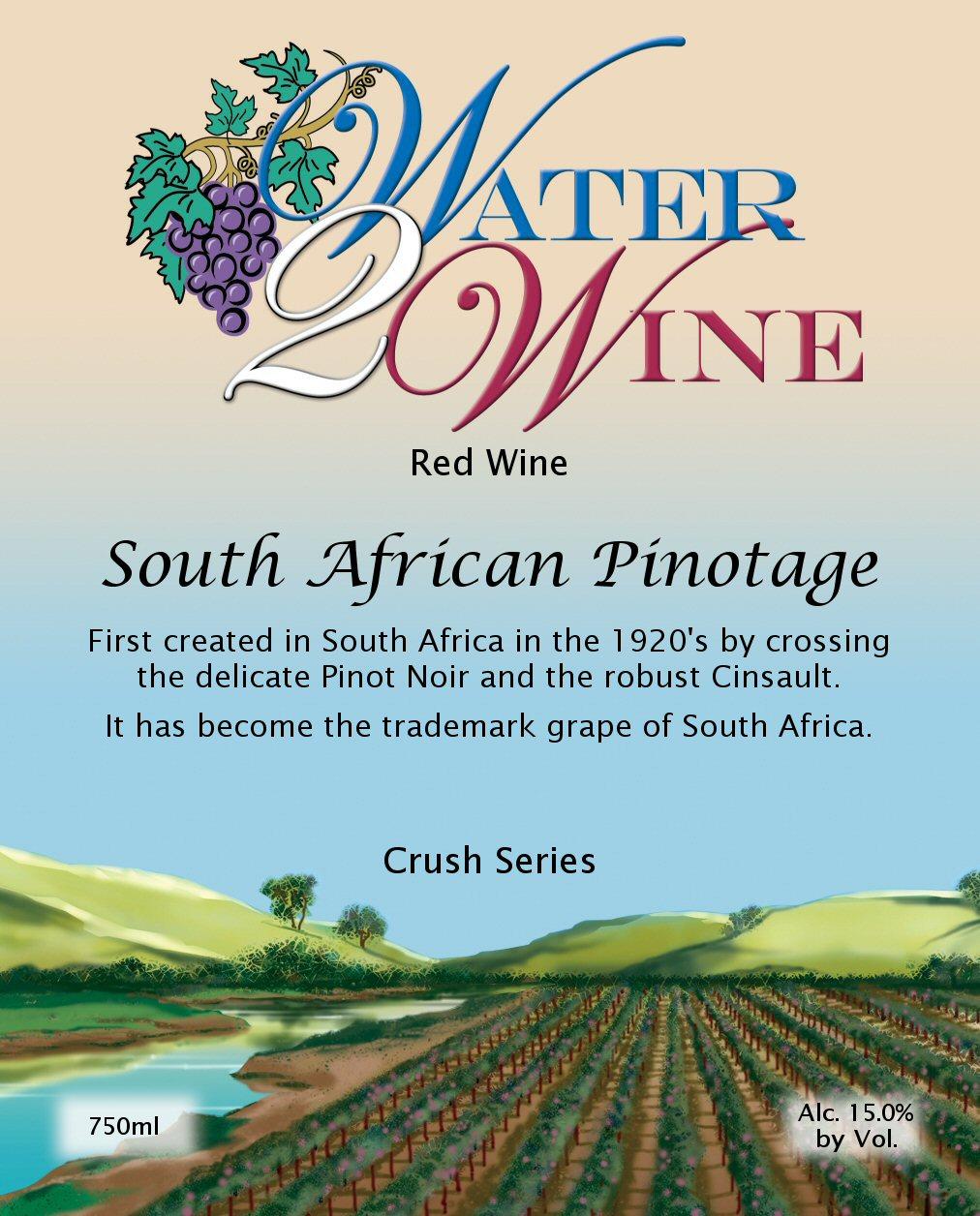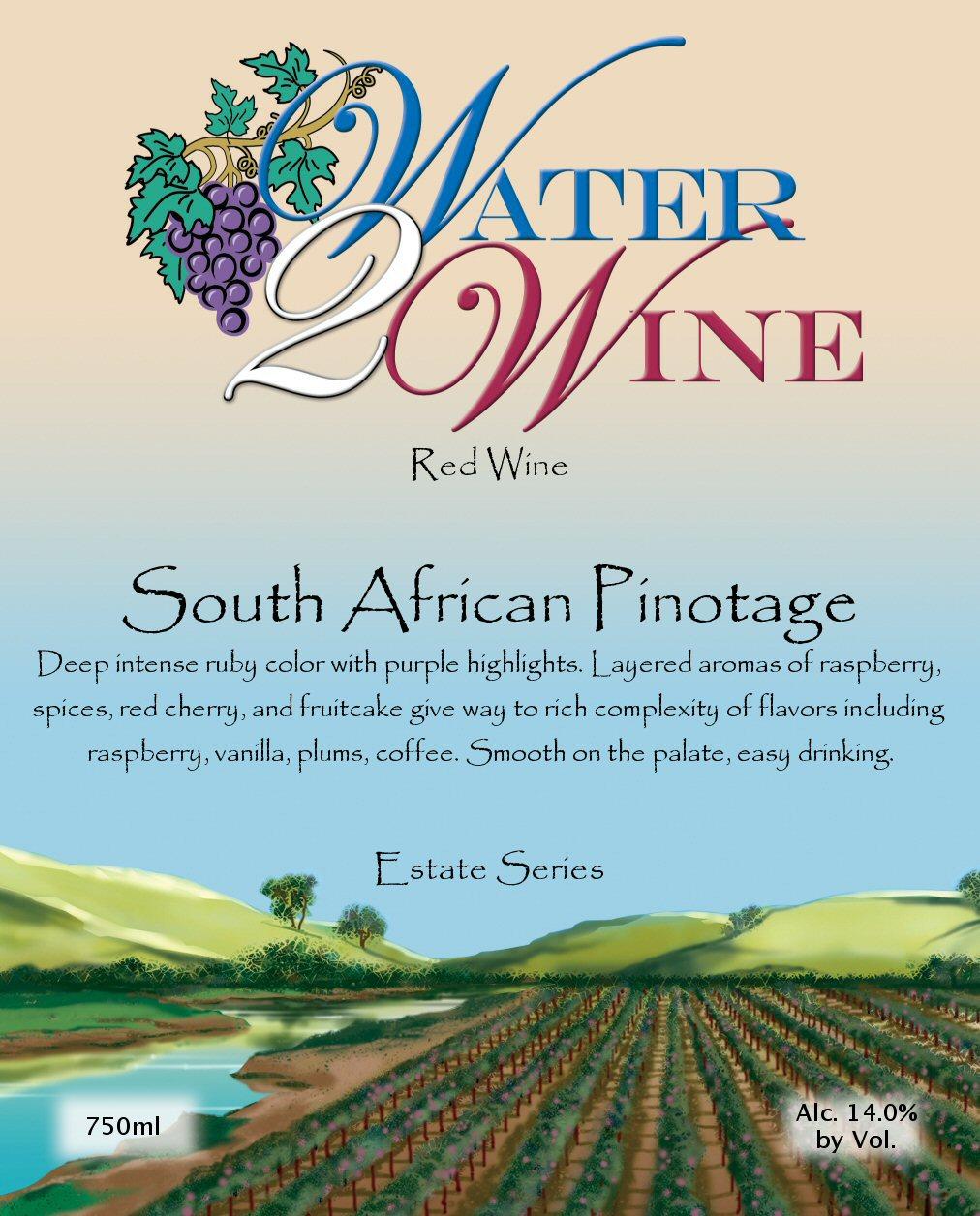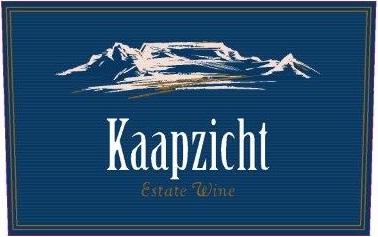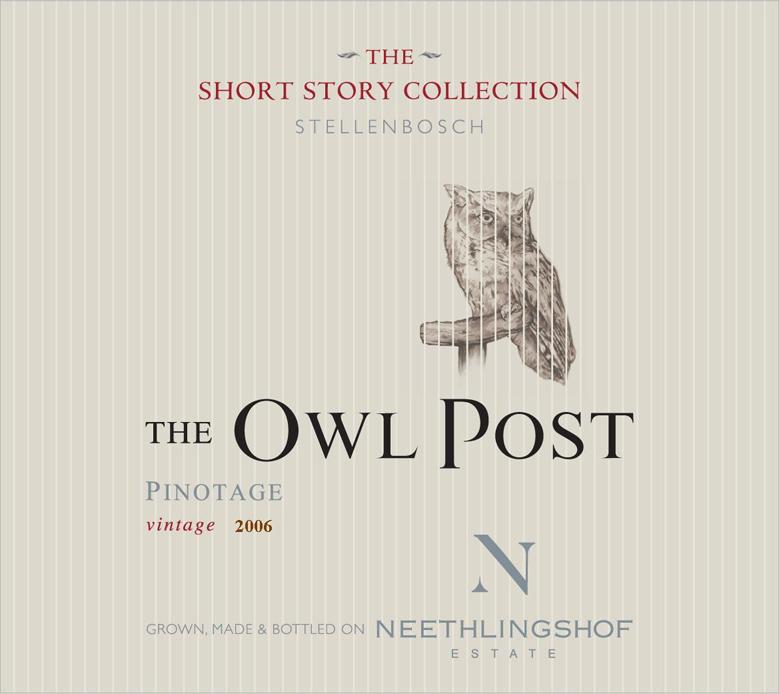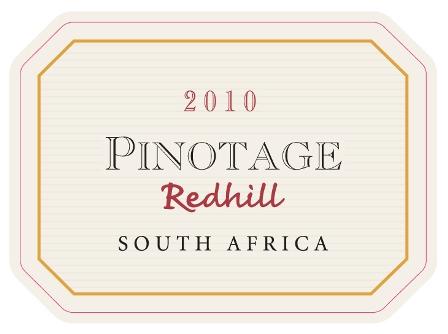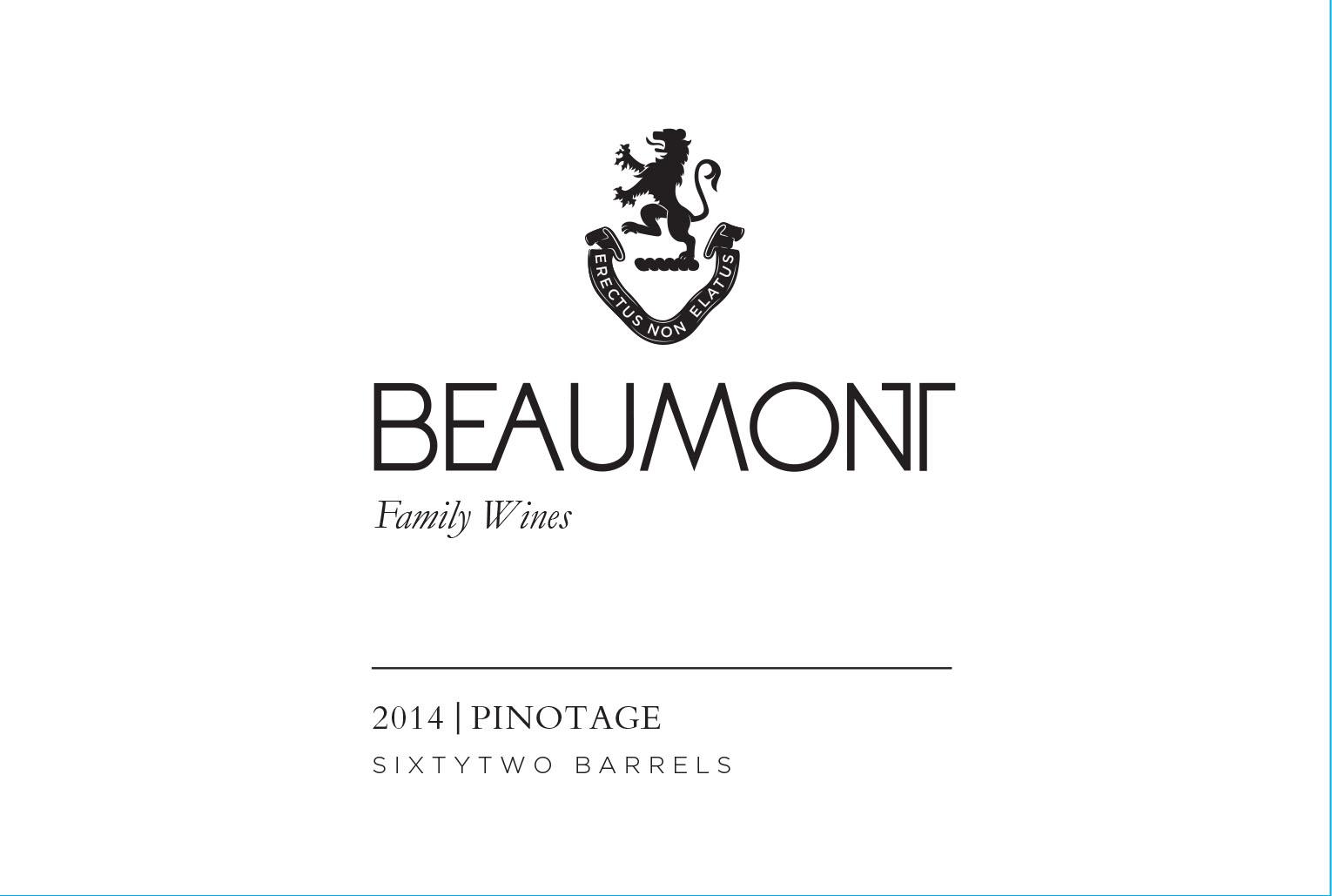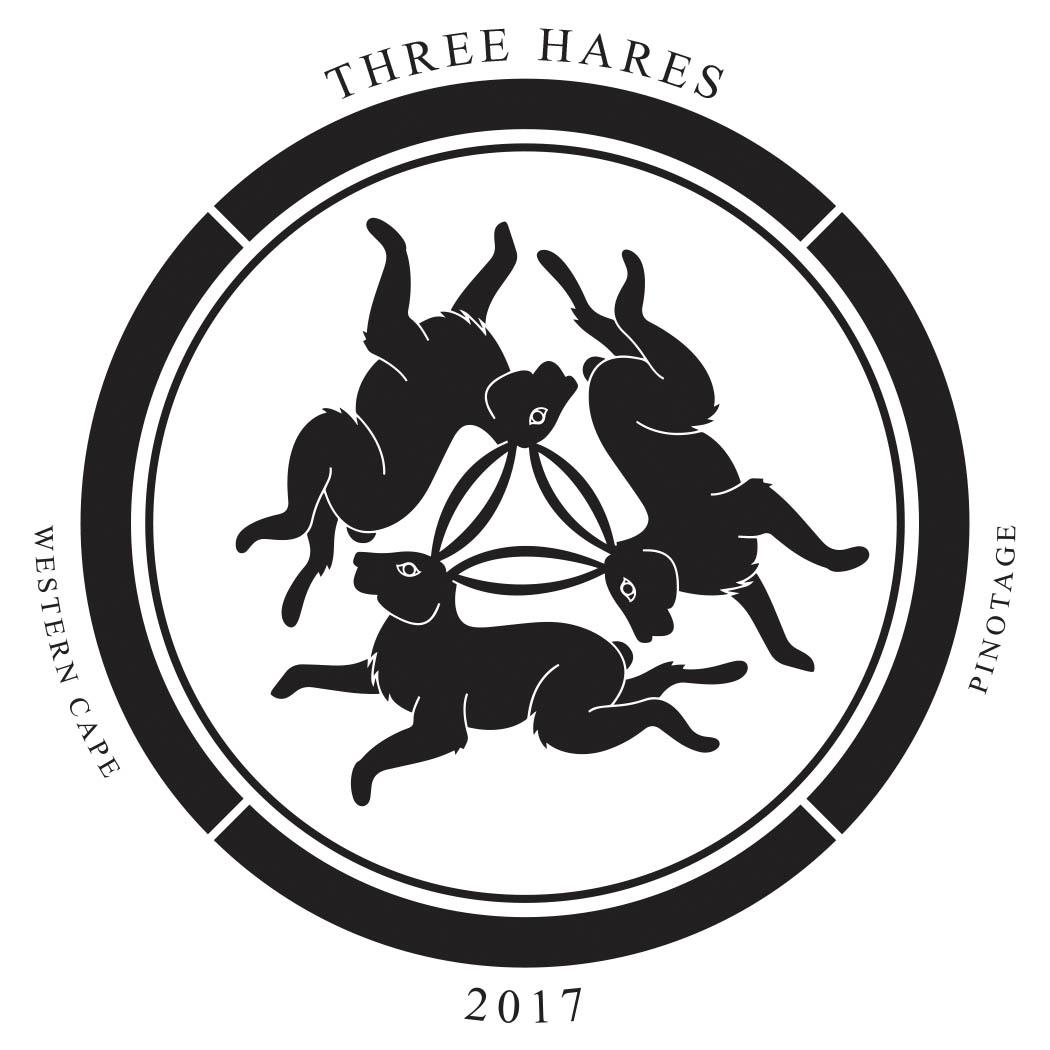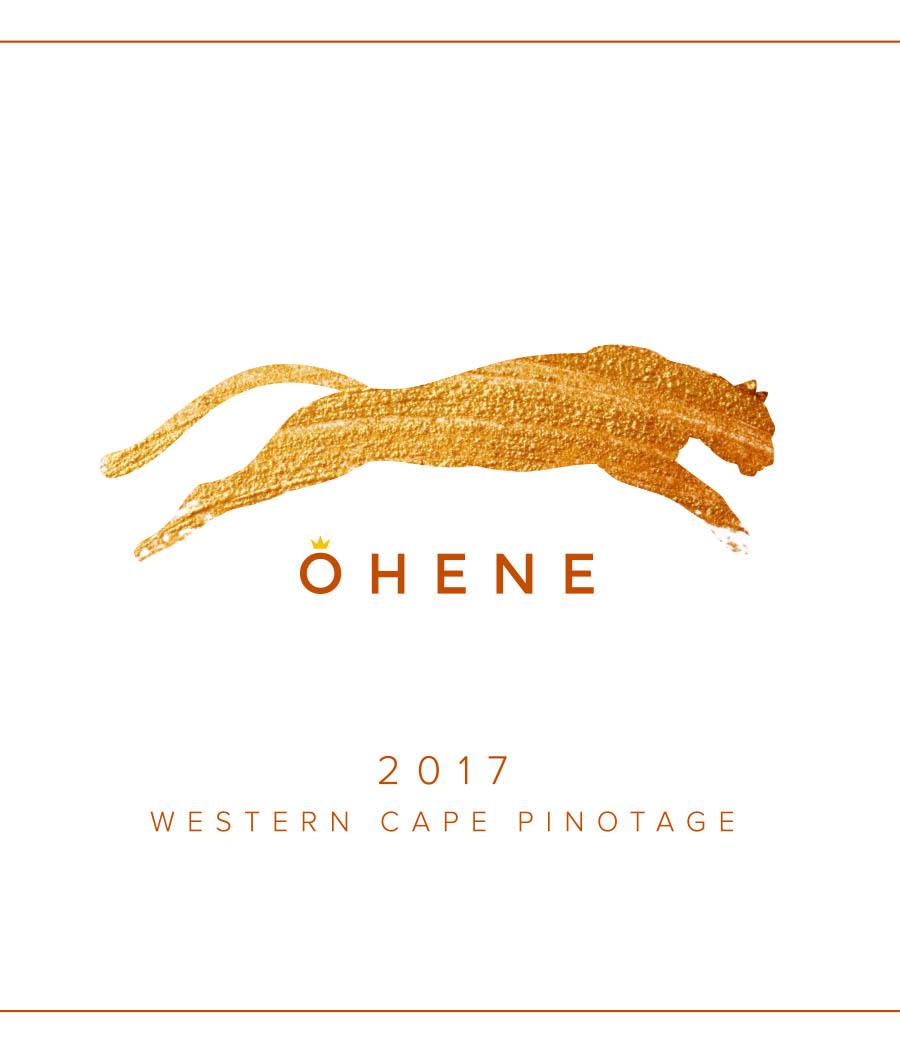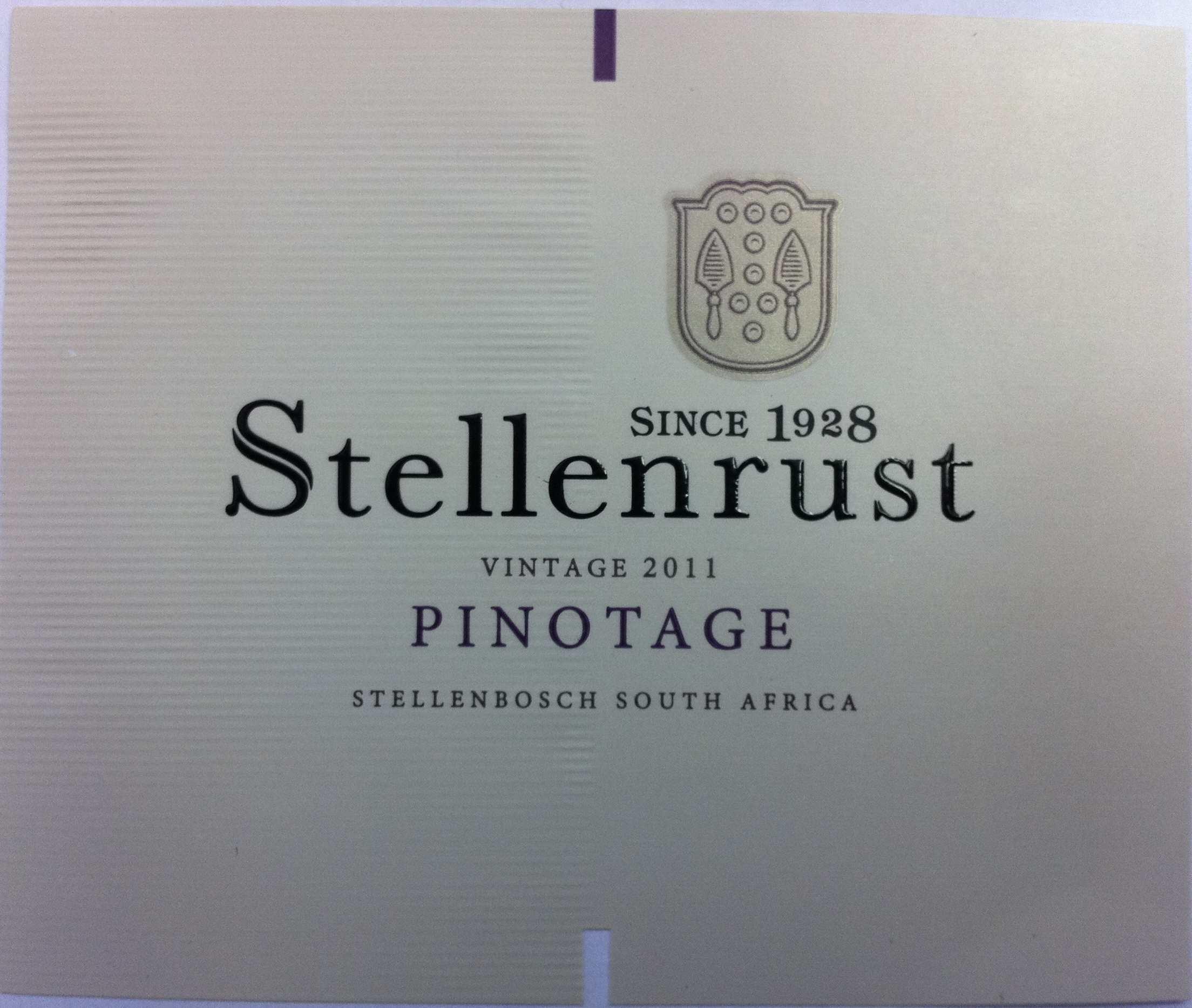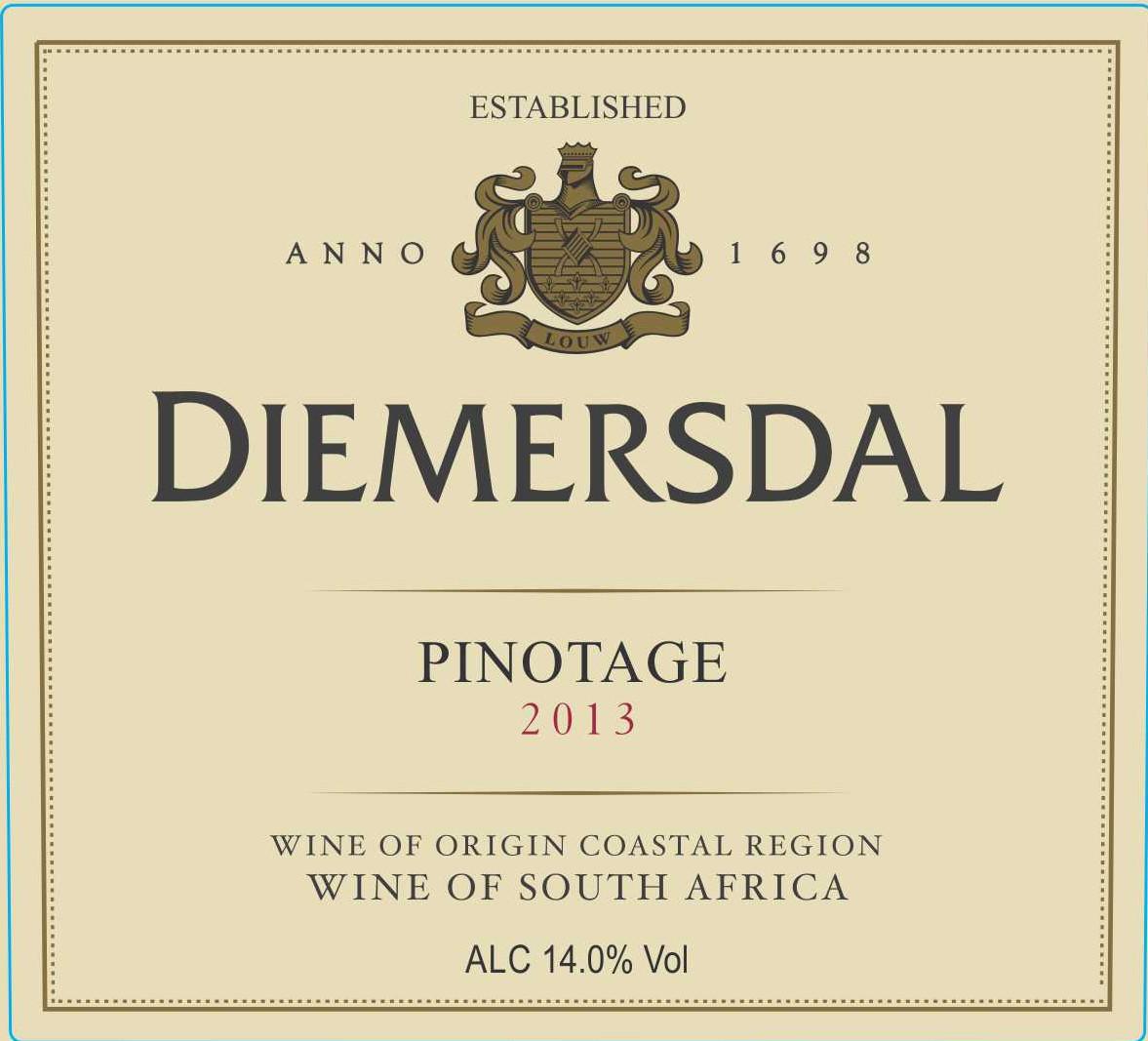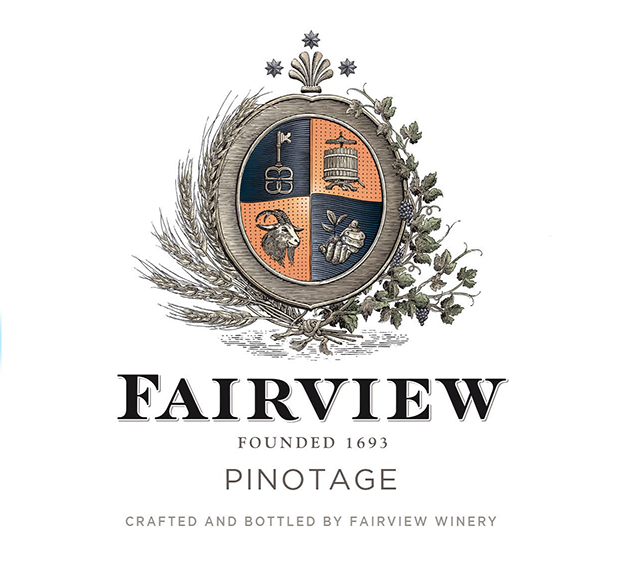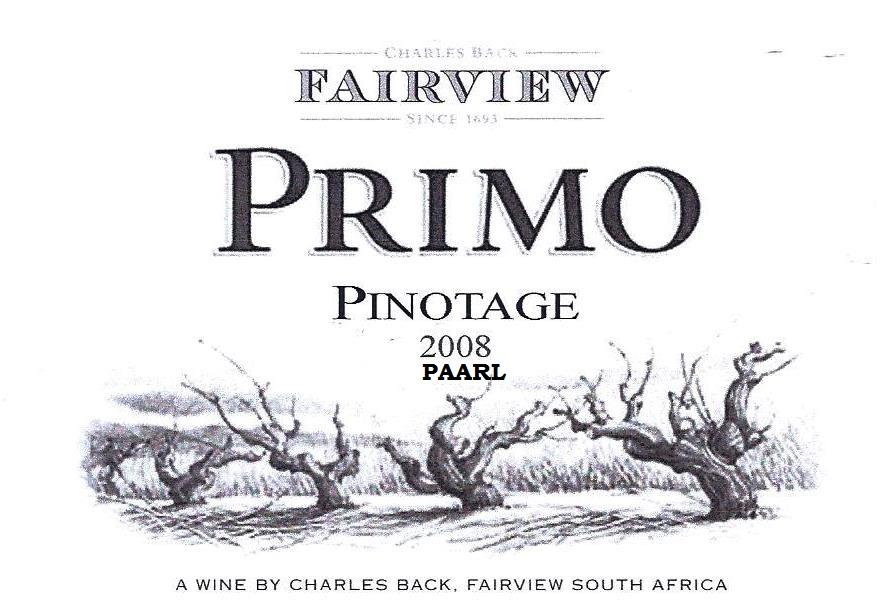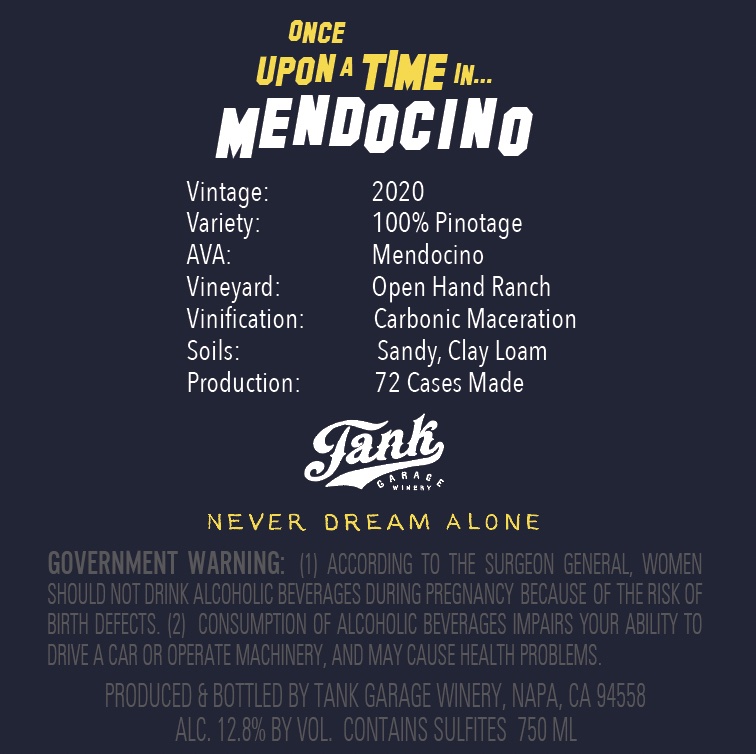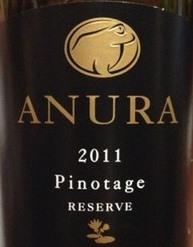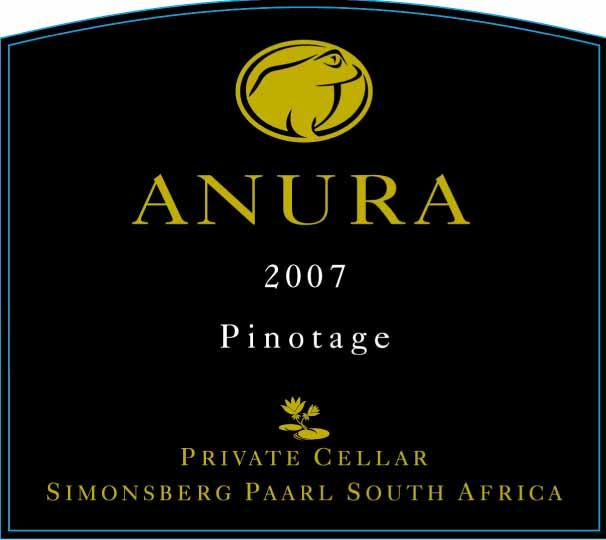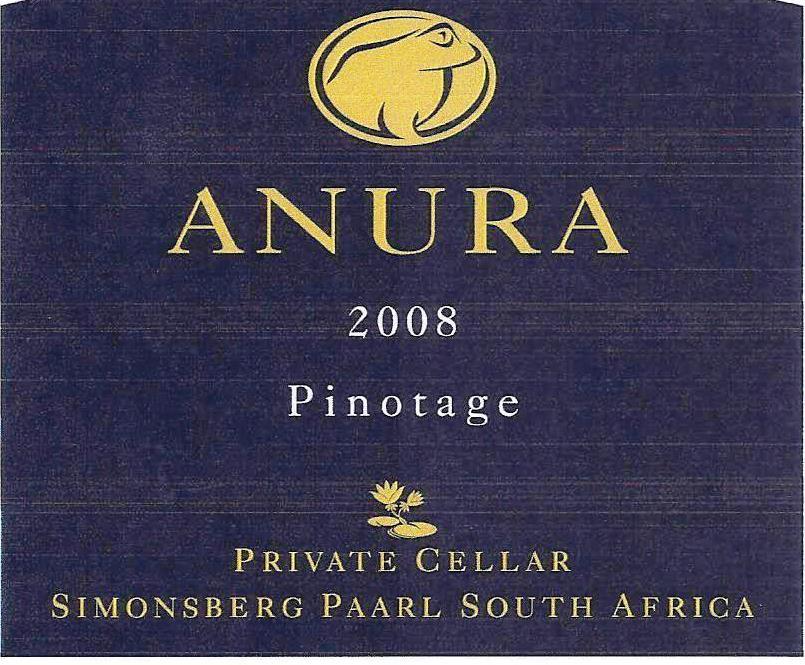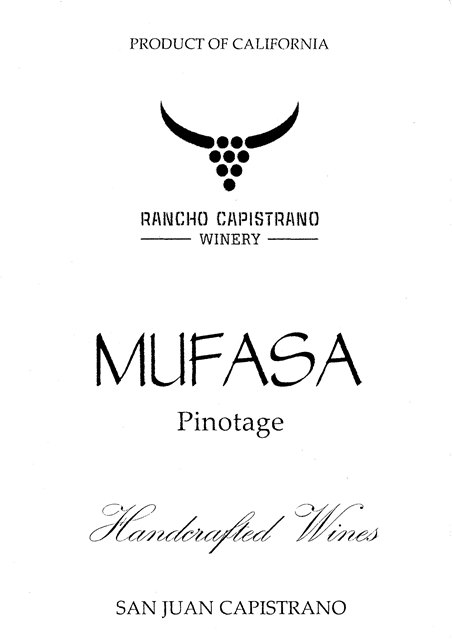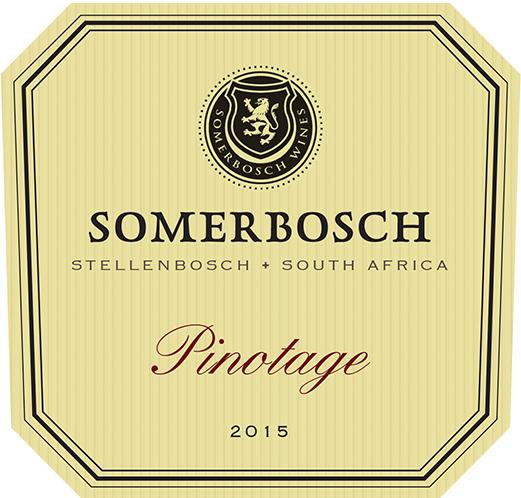Characteristics of Pinotage
Despite being a cross between two lighter-bodied grapes, Pinot Noir and Cinsaut, Pinotage stands out for its deep color, bold structure, and firm tannins. The grape’s thick skins are packed with anthocyanins, giving the wine its rich, inky hue and helping protect the berries from botrytis bunch rot.
With careful vineyard management and gentle winemaking, Pinotage can show vibrant freshness and a hint of floral lift, while avoiding off-aromas like acetone or burnt rubber that once gave it a bad reputation—famously criticized in the 1970s. Today’s best examples range from powerful and concentrated to lighter, more elegant styles, offering a unique taste of South Africa’s winemaking spirit.
What Does Pinotage Taste Like?
Pinotage’s flavor profile is shaped by both region and climate, offering a wide range of expressions. Warmer areas produce deeply colored wines—ruby to almost blackish-purple—brimming with dark fruits such as blackberry, plum, cassis, and fig, alongside notes of chocolate, coffee/mocha, and smoky or meaty undertones, particularly with oak aging.
Cooler sites and lighter styles emphasize red fruits like cherry, raspberry, and cranberry, floral tones, and a fresher acidity, sometimes revealing hints of spice, earth, or fynbos.
Pinotage can range from bold, full-bodied, and structured with medium-to-high tannins and alcohol, to lighter, more elegant “new wave” styles, reflecting both the diversity of terroir and improvements in modern winemaking.
Notable Region Pinotage Grows In
South Africa’s unique climates and soils have shaped Pinotage into a grape with remarkable range, with each region bringing its own character to the wine.
-
Stellenbosch: The benchmark for classic Pinotage, this historic region delivers structured, age-worthy wines with deep dark fruit, chocolate, coffee, and spice, thanks to its diverse soils and microclimates.
-
Swartland: Known for both bold, earthy styles from old vines and a new wave of fresher, floral Pinotage, Swartland’s hot, dry climate and granite soils offer intensity and complexity.
-
Paarl: Warmer and inland, Paarl produces Pinotage with vivid fruit flavors like black cherry and raspberry, velvety textures, and balanced acidity, making for approachable yet layered wines.
-
Walker Bay: In this cooler coastal area, Pinotage expresses brighter acidity and more delicate aromas, adding a fresh, elegant dimension to the varietal’s profile.
Food Pairings
Pinotage’s versatility makes it an exciting wine to pair with a variety of foods, from bold meats to spicy and even sweet dishes.
-
Rich, smoky dishes: Classic, full-bodied Pinotage is a wonderful match for grilled or smoked meats like barbecued ribs, peppered steak, lamb chops, and traditional South African boerewors, as well as hearty stews and game—its deep flavors and firm tannins stand up to bold, charred flavors.
-
Lighter fare and modern styles: Contemporary Pinotage, with its brighter fruit and lively acidity, pairs well with roast chicken, grilled salmon, tomato-based pasta, mushroom risotto, and creamy cheeses such as Brie, making it a great partner for both meat and vegetarian plates.
-
Spicy and sweet pairings: With its fruit-forward style and moderate tannins, Pinotage can handle spicy dishes like Indian or Thai curries and jerk meats, while oaked versions with chocolate or coffee notes make a delicious match for rich chocolate desserts.



